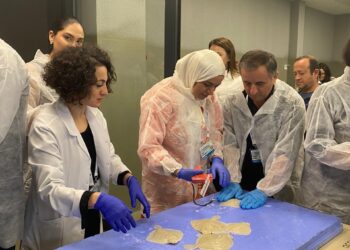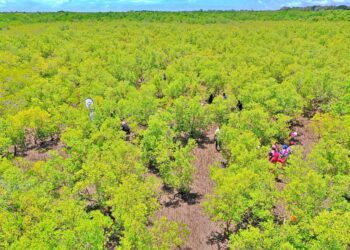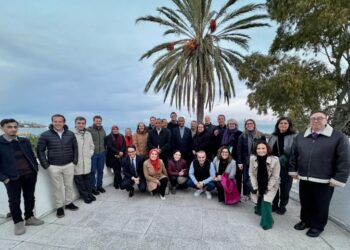New ISSF report on the status of the world tuna fishery – With an annual production of 5.2 million tonnes (2022 figure), the tuna fishery is one of the most important fisheries globally. According to the ISSF 2024-07 Status of the World Fisheries for Tuna report, the sector continues to grow but faces significant challenges related to sustainability and resource management. The catch breakdown sees skipjack tuna leading the way with 57%, followed by yellowfin (30%), bigeye (7%) and albacore (5%), while bluefin tuna account for only 1%.
The health of tuna stocks
The report shows a mixed global picture: 65% of stocks are considered to be in good condition, 22% at intermediate levels and 13% overfished. However, 87% of global stocks are currently not overfished. This positive result stems largely from management measures implemented by the major Regional Fisheries Management Organisations (RFMOs), which include catch limits, control rules and advanced management strategies.
Despite the overall encouraging data, some geographical areas and species remain vulnerable. Stocks of bigeye, yellowfin and bluefin tuna show signs of stress in specific regions such as the Indian Ocean and the eastern Pacific. These areas require stronger action, including the adoption of more stringent conservation measures and improved data collection.
In recent years, RFMOs have introduced significant innovations, such as the use of fishing vessel monitoring technologies and the regulation of fish aggregating device (FAD) activities. However, the increasing number of sets on FADs raises concerns about increased fishing mortality, highlighting the need for a balance between technological innovation and sustainability.
Future opportunities for sustainable fisheries
The ISSF report emphasises the importance of integrated policies that combine responsible fishing practices, adaptive management and international collaboration. Investing in scientific research and developing further management strategies based on up-to-date data will be crucial to ensure the long-term sustainability of fish stocks.
The tuna industry has the opportunity to serve as a model for sustainable fishing globally by adopting innovative approaches that protect marine ecosystems and meet the growing demand for quality fish products.
New ISSF report on the status of the world tuna fishery







